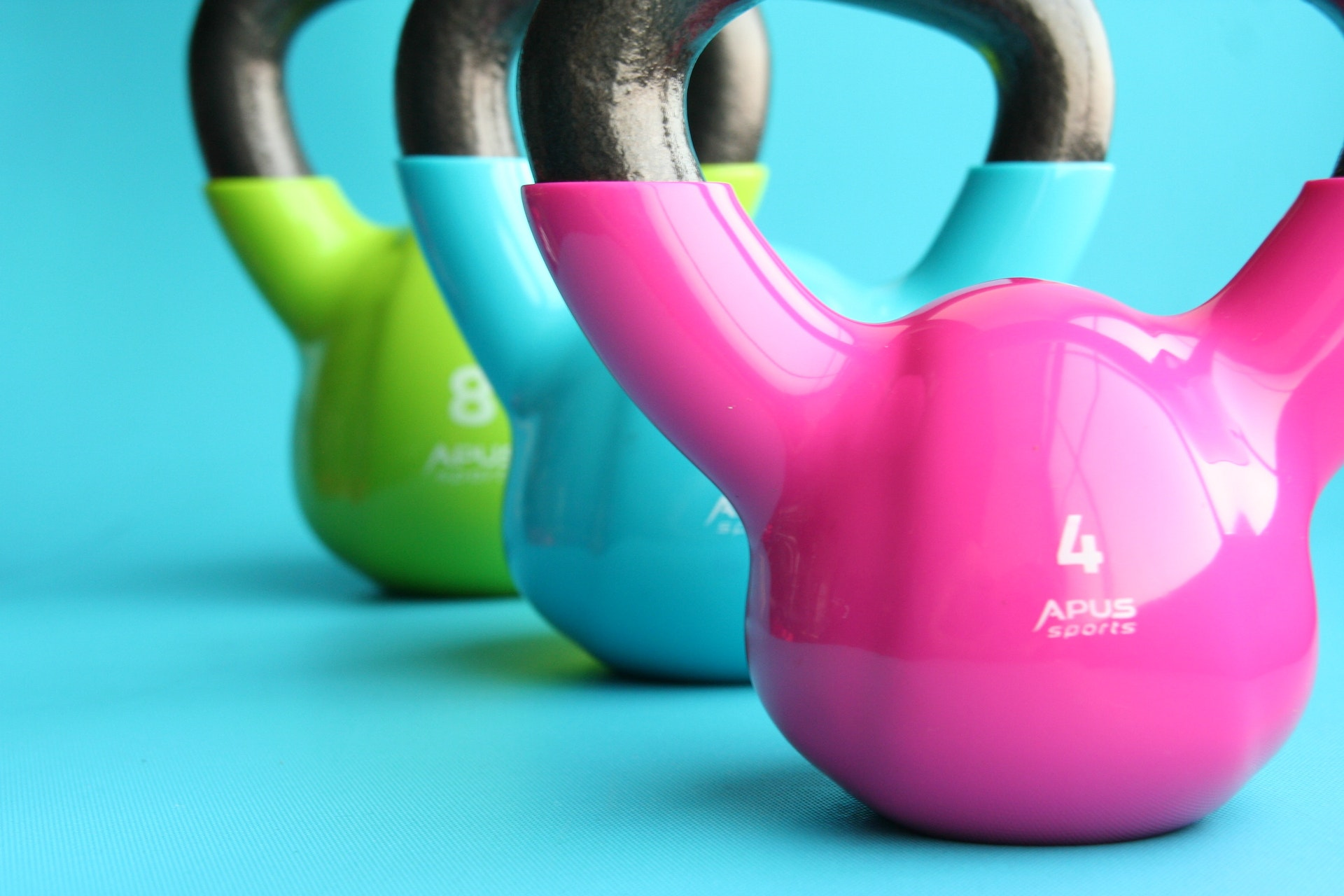Introduction
Weightlifting, often synonymous with strength training, is a powerful form of exercise that can transform your body and improve your overall health. If you’re new to weightlifting, it might seem intimidating at first, but with the right guidance and approach, it can be an accessible and highly rewarding endeavor. In this beginner’s guide to weightlifting, we’ll explore the fundamentals, techniques, and essential tips to help you get started on your journey to a stronger and healthier you.
The Benefits of Weightlifting
Before we dive into the tips and techniques, let’s briefly discuss why weightlifting is worth considering:
Increased Strength: Weightlifting helps build muscle and enhances overall strength, making daily activities easier and reducing the risk of injury.
Improved Body Composition: It can help you lose fat and gain lean muscle, leading to a more sculpted and toned physique.
Enhanced Metabolism: Muscle burns more calories at rest than fat, so weightlifting can boost your metabolism, aiding in weight management.
Better Bone Health: Weightlifting is a weight-bearing exercise that promotes bone density, reducing the risk of osteoporosis.
Mental Well-being: Exercise, including weightlifting, releases endorphins, which can alleviate stress, boost mood, and improve mental health.
Getting Started with Weightlifting
Consult a Professional: Before beginning any weightlifting program, consult a fitness professional or trainer to ensure you’re using proper techniques and weights appropriate for your fitness level.
Start with a Warm-Up: Always warm up your muscles with light cardio and dynamic stretches to prepare your body for the workout.
Master Proper Form: Proper form is essential to prevent injuries and maximize results. Focus on technique before adding heavy weights.
Essential Weightlifting Techniques for Beginners
Squats: Squats are a foundational exercise. Start with bodyweight squats to master the form, then progress to using a barbell or dumbbells. Keep your back straight, chest up, and knees aligned with your toes.
Deadlifts: Deadlifts work multiple muscle groups. Begin with lighter weights, and ensure your back remains straight throughout the movement. Lift with your legs and hips, not your back.
Bench Press: This exercise targets the chest and triceps. Use a spotter when lifting heavier weights, and lower the barbell to your chest with control.
Overhead Press: The overhead press strengthens your shoulders and triceps. Maintain a stable core and straight back, and press the weight above your head while avoiding leaning backward.
Rows: Rows target the back and biceps. Keep your back straight, shoulders relaxed, and pull the weights or barbell toward your lower chest.
Tips for Success
Start Light: Begin with weights that allow you to perform exercises with proper form. Gradually increase the weight as you become more comfortable.
Rest and Recovery: Adequate rest between workouts is crucial for muscle recovery and growth. Alternate muscle groups to allow time for recovery.
Stay Consistent: Consistency is key to seeing progress. Aim for 2-4 weightlifting sessions per week.
Nutrition: Fuel your body with a balanced diet rich in protein to support muscle growth and recovery.
Listen to Your Body: Pay attention to your body’s signals. If something feels off or painful, stop immediately and seek guidance.
Conclusion
Weightlifting is a fantastic way to improve your strength, transform your body, and boost your overall well-being. As a beginner, it’s essential to prioritize safety and proper technique. Consult a fitness professional, start with lighter weights, and gradually progress as you become more confident and experienced. With dedication, patience, and the right mindset, weightlifting can be a fulfilling and rewarding fitness journey that empowers you to reach your health and fitness goals.






